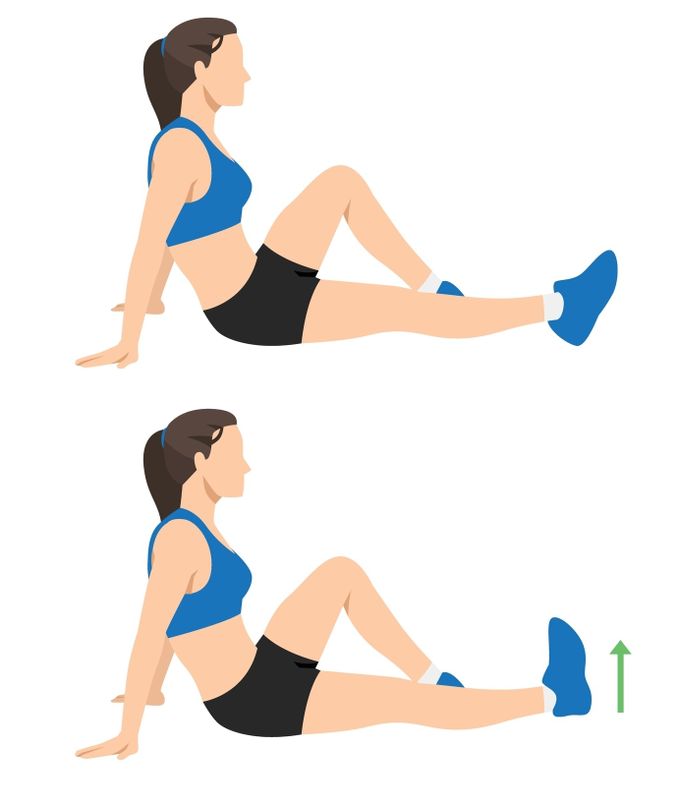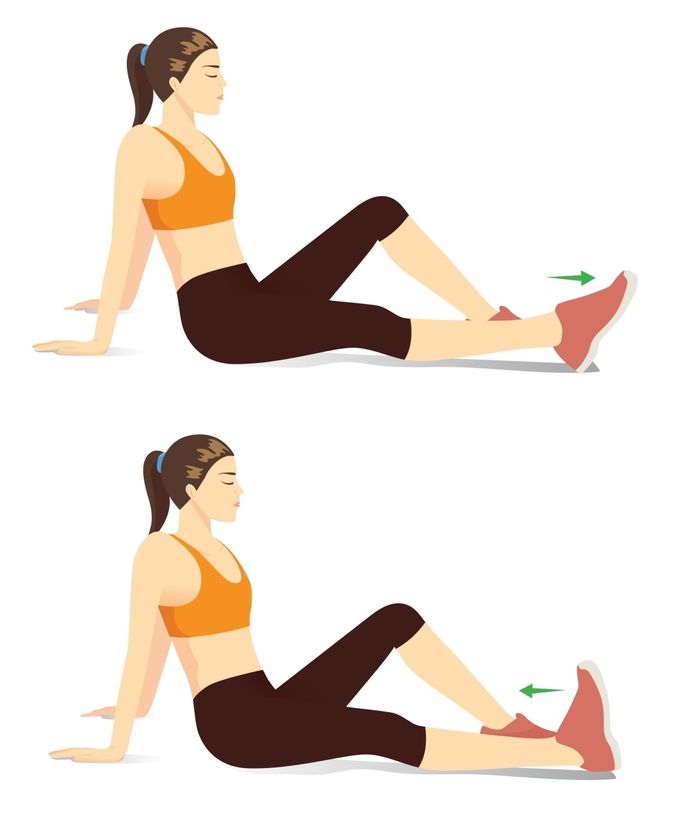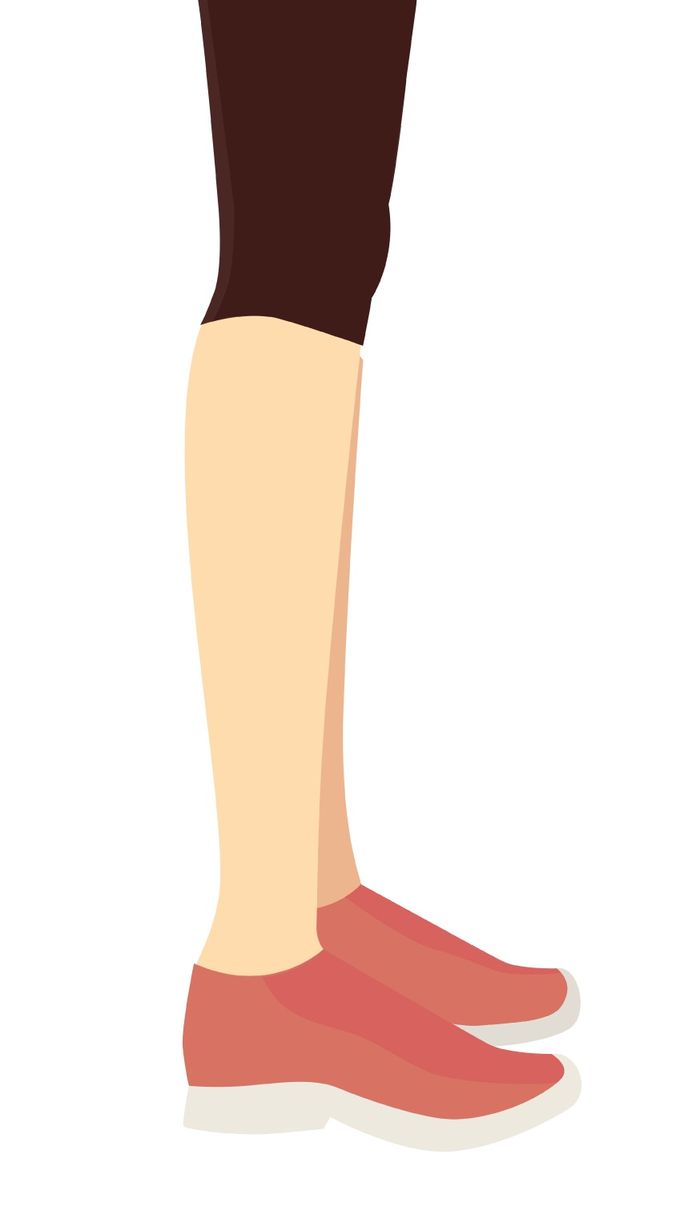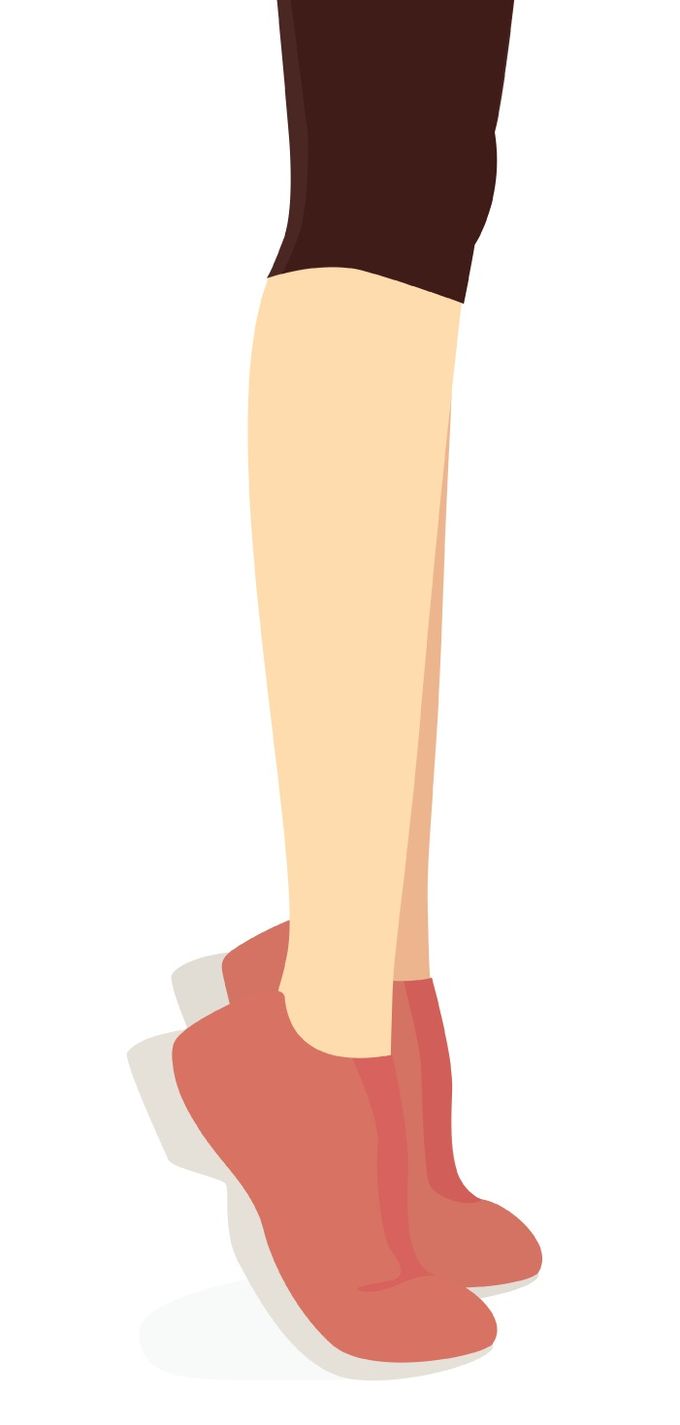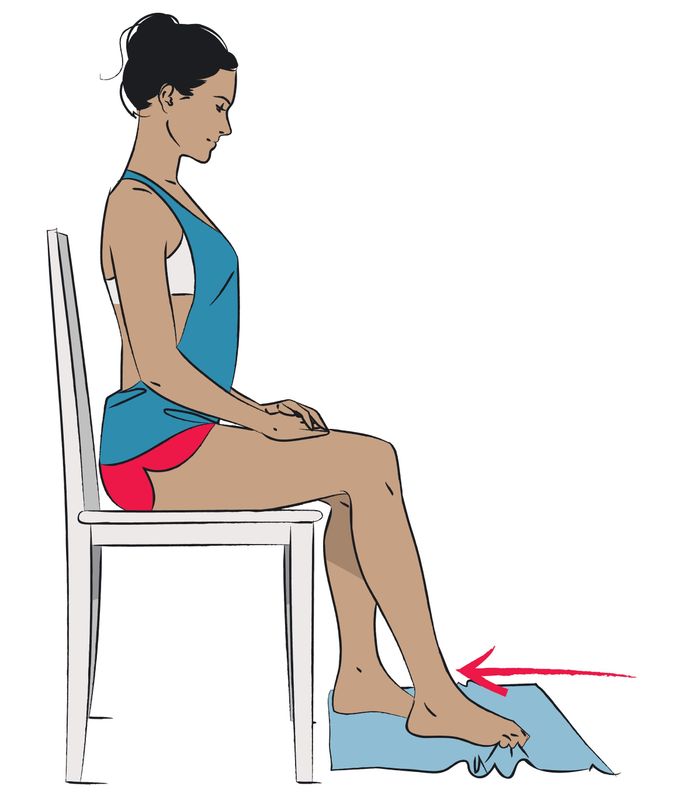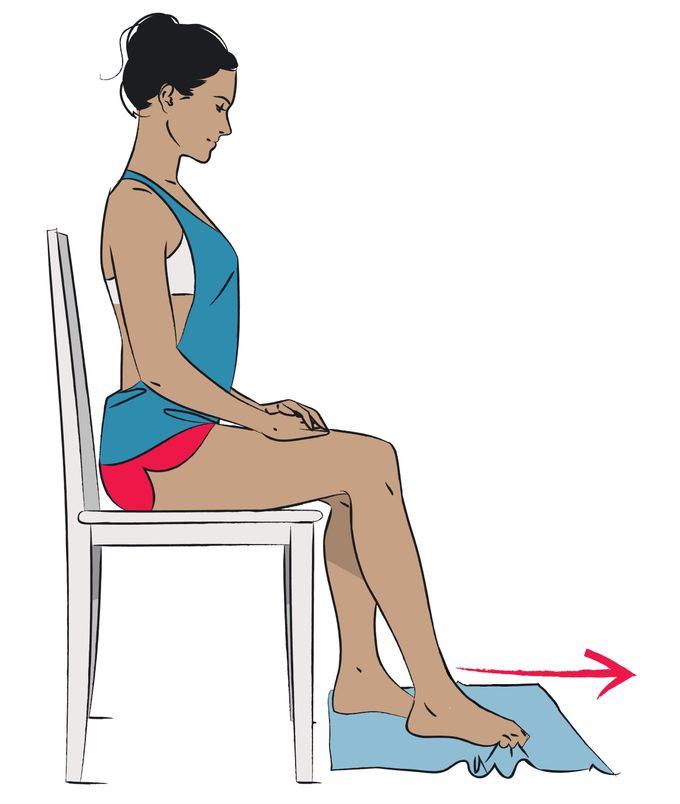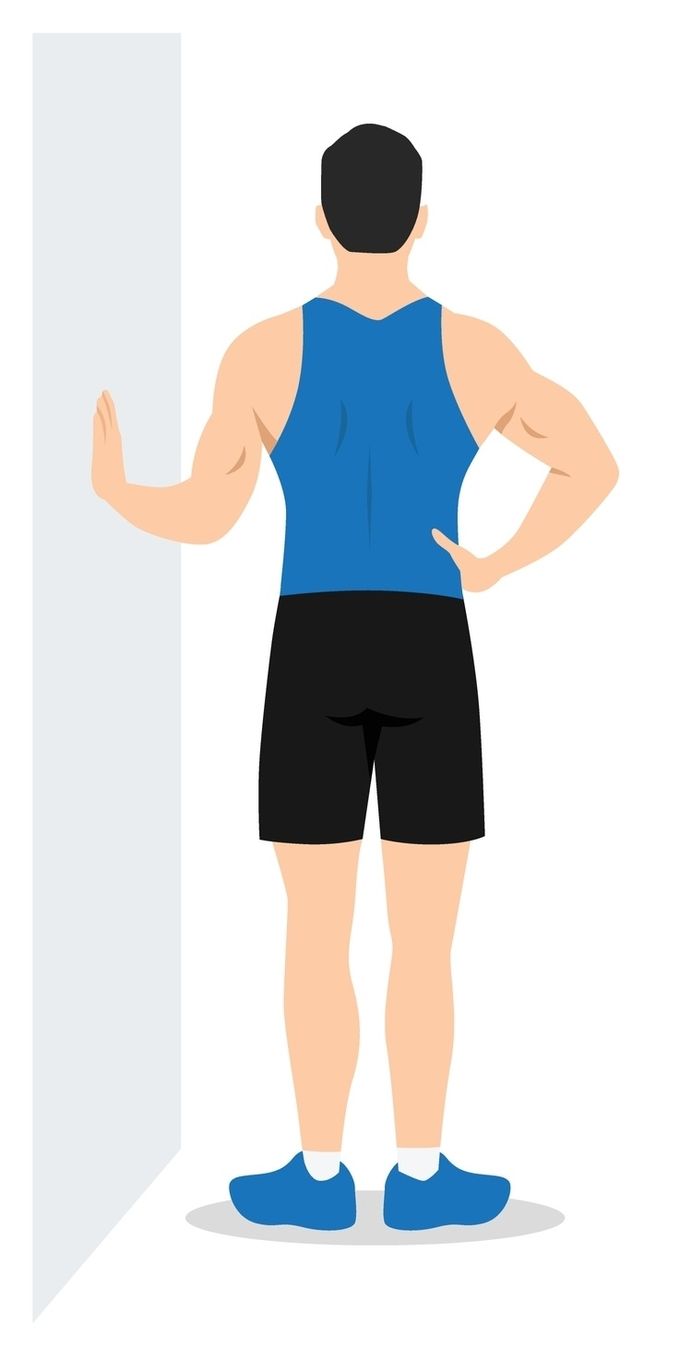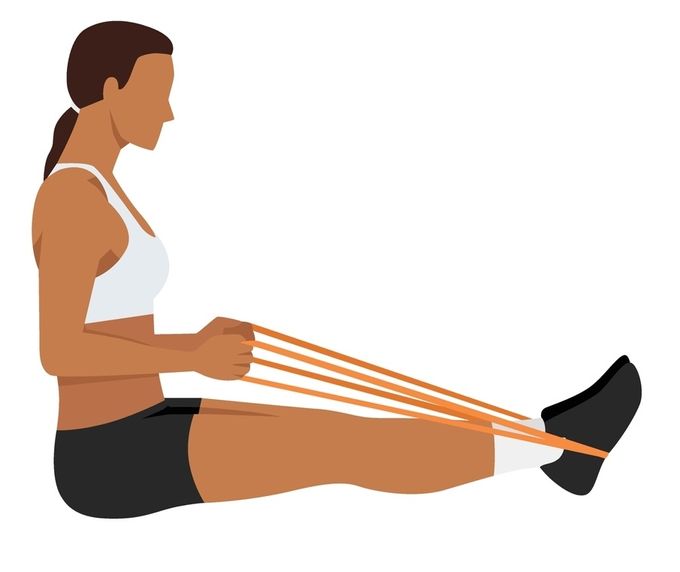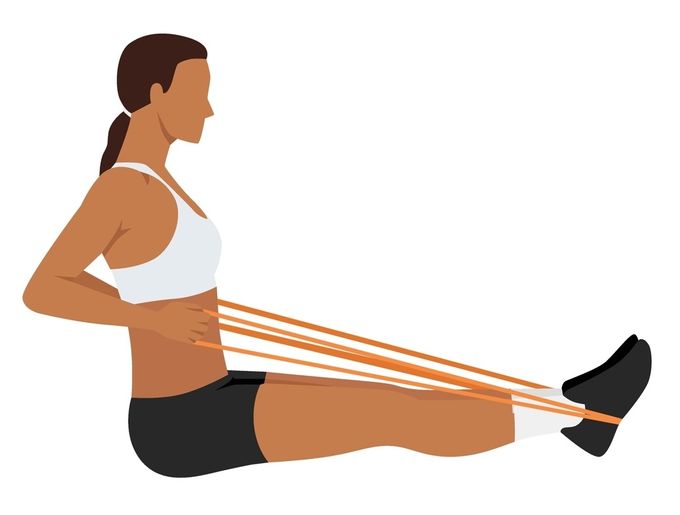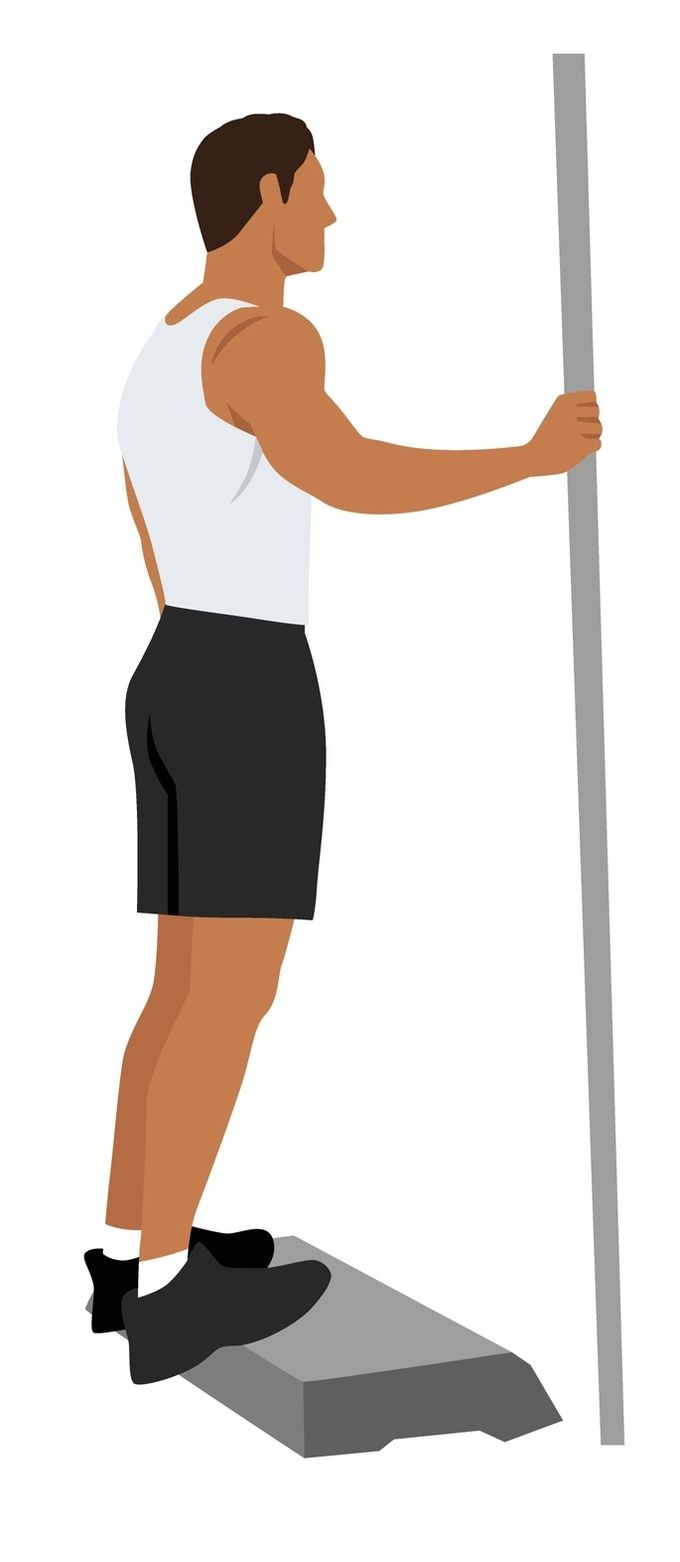8 Best Plantar Fasciitis Exercises for Strength, Flexibility & Mobility
Updated February 17, 2023

Plantar fasciitis is an overuse injury leading to micro-tears of the plantar fascia. The primary and most common cause of plantar fasciitis is the repetitive strain placed on the foot due to several reasons including, high-impact sporting activities, improper biomechanics, foot posture, wearing the wrong footwear, etc. However, exercise is an effective treatment for managing plantar fasciitis in the long term. Specifically, strengthening and stretching exercises are simple and effective ways to manage your symptoms and limit their recurrence in the future.
Best Exercises for Plantar Fasciitis
Therapeutic exercises (in addition to other conservative treatments like custom insoles) play a vital role in achieving complete rehabilitation from plantar fasciitis. They improve the flexibility and power of the fascia, joints, and muscles while preventing any future recurrences of the condition.
Different categories of exercises are helpful in this regard. They're categorized below with useful examples and step-by-step instructions.
Mobility Exercises for Plantar Fasciitis
These help to improve and maintain the joint range of motion and flexibility of the muscles.
Ankle Pump Exercise
This is a basic mobility exercise essential for improving movement, circulation, and flexibility of joints and foot muscles. To perform this exercise correctly:
- Sit with both legs together, knees straight, and feet together.
- Move your feet up (dorsiflexion) and down (plantarflexion) by pointing your toes away from you, then pulling the toes up towards you.
- Perform 10 repetitions, up and down, two to three times daily.
Toe Raise, Point, and Curl
As the name suggests, this exercise has three stages and will help maintain flexibility and mobility, and also strengthen all the parts of the feet and toes. To perform this exercise correctly:
- Sitting, slowly raise the heels off the ground keeping the toes on the floor. Hold the position for 5 seconds, then lower your heels.
- Raise the heels and curl the toes downward with only the tips of the toes are touching the floor, holding for 5 seconds.
- Roll your toes downwards so that the tops of the toes make contact with the floor. Hold for 5 seconds before lowering and repeat each stage.
Stretching Exercises for Plantar Fasciitis
These help in improving and maintaining the length and flexibility of muscles. Shortened muscles and myofascia don’t function optimally and can be a source of pain.
The Plantar Fascia and Calf Stretching Exercise
To perform this exercise correctly:
- Sit with your legs out in front of you, placing a towel around the ball of the foot.
- Pull the towel towards you, slowly applying a stretch to the calf muscles and sole.
- Hold for 20-30 seconds before relaxing and perform 3-5 repetitions 3 times a day.
Big Toe Stretch
The big toe stretch ensures the mobility of the big toe is preserved while also preventing pain in the toe. To perform this exercise correctly:
- Sit up straight in a chair, cross your leg placing the left foot on the right thigh.
- Using your hand, slowly stretch the big toe up and down.
- Holding for 5 seconds to allow for stretch, repeat this 10 times before changing the other foot.
Strengthening Exercises for Plantar Fasciitis
These are necessary to complete rehabilitation and help to improve the strength and power of the muscles. Strengthening exercises alleviate pain, improving joint movement and muscle flexibility.
The Towel Curl Exercise
This is an essential strengthening exercise for the intrinsic muscles of the foot and arches. To perform this exercise correctly:
- In a sitting position, place your feet on a towel on the floor in front of you.
- Curl your toes and try to scrunch up the towel backward.
- Perform the exercise one foot at a time.
- After completing 10 curls, try extending your toes to push the scrunched towel forwards. This will incorporate the extensor muscles of the toes as well.
- Perform 10 repetitions, both of curling in and out, 3 times per day.
Calf Raises
This exercise increases the strength of the ankle complex and arch. It's extremely helpful in recovery from plantar fasciitis. To perform this exercise correctly:
- Stand with your feet shoulder-width apart.
- Raise your heel off the ground, taking your bodyweight on the balls of your feet. Hold for 1-2 seconds then lower your heels back to the floor.
- Perform 10 repetitions, 3 times per day.
Isotonic Exercises for Plantar Fasciitis
Isotonic exercises include constant resistance being applied to the foot throughout the range of movement. To perform this exercise correctly:
- Sit with your legs stretched out in front of you and place a resistance band around one of your forefeet.
- Holding the band with your hands, push down into the theraband and relax your calf muscle.
- Repeat 10 times per foot daily.
Isometric Exercises for Plantar Fasciitis
During this type of exercise, the length of the muscle remains the same but the tension changes.
Isometric Plantar Fascia Stretch
- Stand on a step on the balls of both feet, allowing one heel to drop down below the step applying the stretch to the sole of your foot and calf muscle.
- Hold for 10-15 seconds and repeat on your other leg.
- If you want to add another step, you can raise yourself on the balls of your feet.
The Final Verdict on Exercises for Plantar Fasciitis
All these exercises must be done post consultation with your physiotherapist. Exercises that increase your pain substantially, making your condition worse, like high-impact sport, should be avoided until pain is alleviated.
The good news is that plantar fasciitis can be cured entirely, and you can prevent reoccurrences by diligently following your healthcare practitioner's advice and treatments.
» Exercises not helping your plantar fasciitis? Consider getting plantar fasciitis custom orthotics




